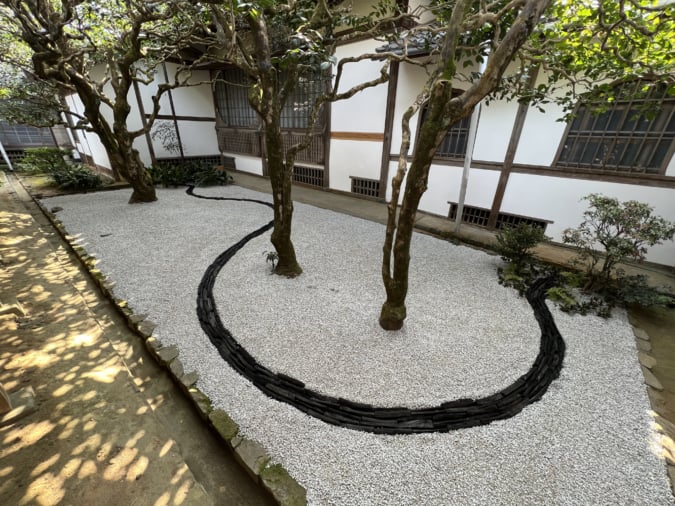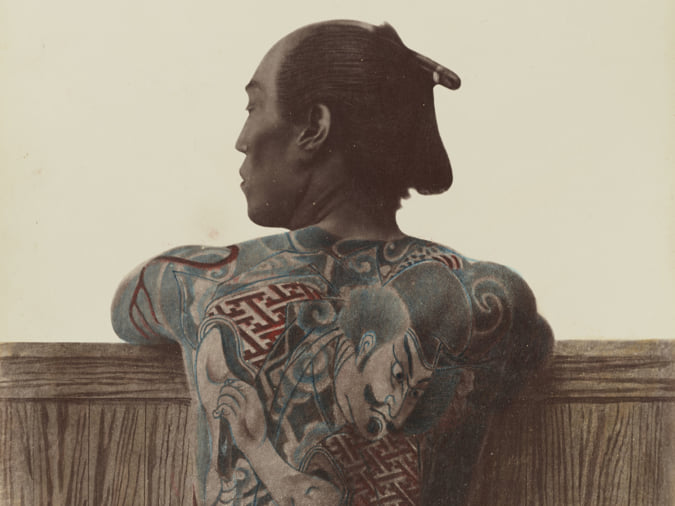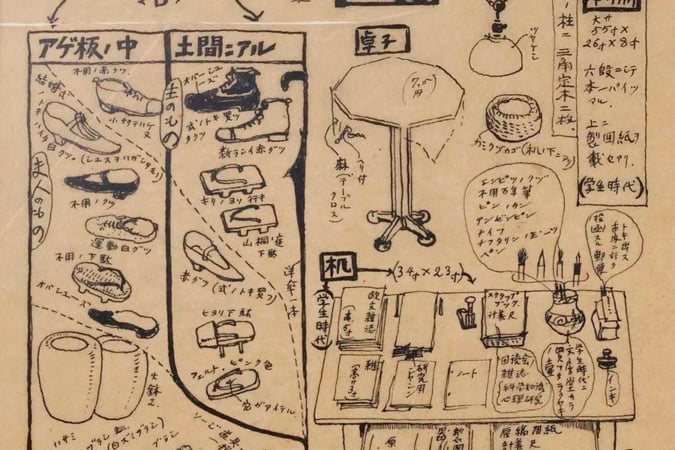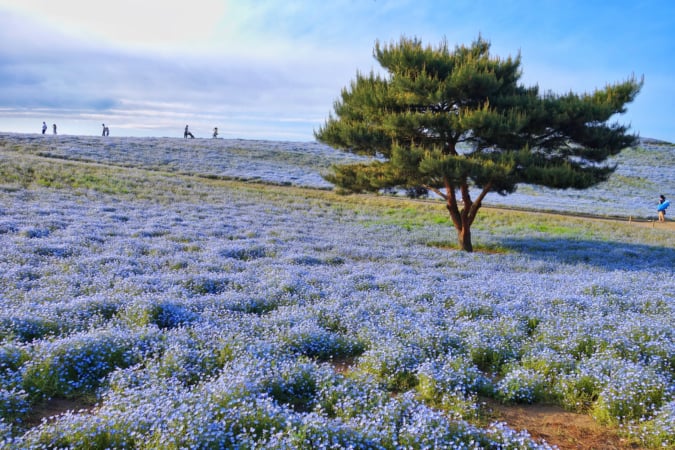Discover Furano’s Lavender Fields
Located in the heart of Hokkaido, this region is known for its vast lavender fields to which visitors flock every summer.

© JOMC
Located a two-hour train ride away from Sapporo, the largest city on Hokkaido—Japan’s northernmost island—are the small valleys of the commune of Furano. When summer comes, they take on a soft mauve colour. The area is one of Japan’s main lavender-growing regions, and the plants flower every year between early July and mid-August.
Lavender ice cream, lemonade, and tea
Over an area of several kilometres, multiple farms that specialised in the production of these melliferous (honey-producing) plants faced a considerable drop in demand in the 1970s, when low-cost lavender began to be imported into Japan. These farms were therefore converted into tourist attractions, selling various by-products like lavender-flavoured ice cream, cake, lemonade, and tea, or even mauve-coloured clothing.
To get to Furano from Sapporo, there are two options: the Furano Lavender Express or the Furano Biei Norokko Express, of which the latter only runs from June until September. Then, to see these lavenda no mori, which translates as ‘lavender fields’, it is best to use a vehicle as the different farms are a few kilometres apart, making it difficult to travel between them on foot. Alternatively, it is possible to board a tourist bus that stops at the different farms, but this option is particularly crowded in the high season.
More information on the lavender fields can be found on the Furano tourist office’s website.
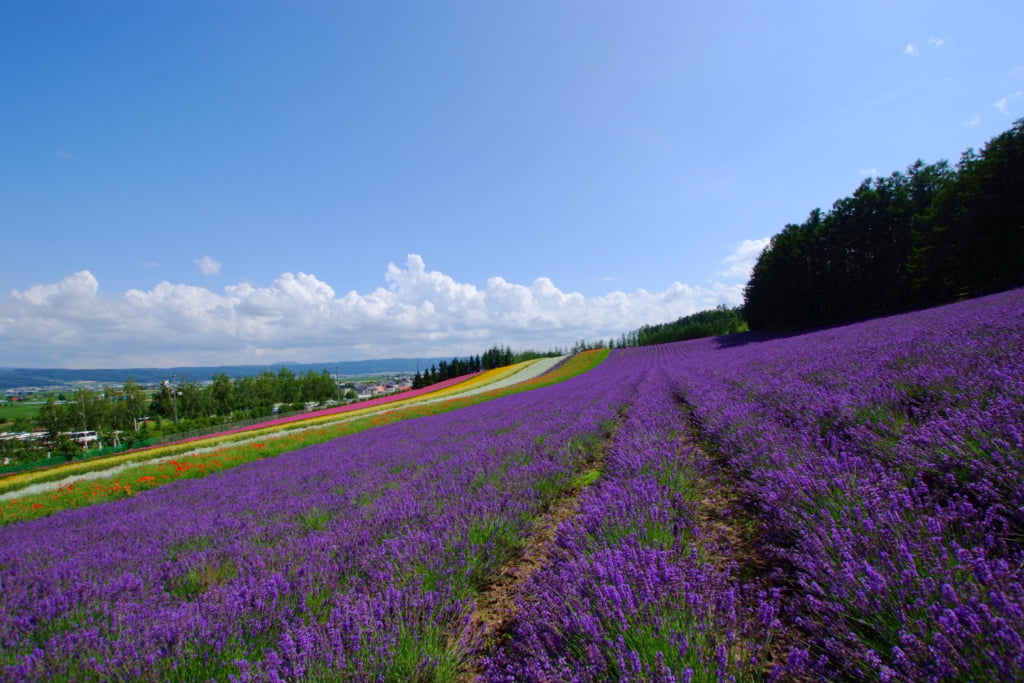
© DR
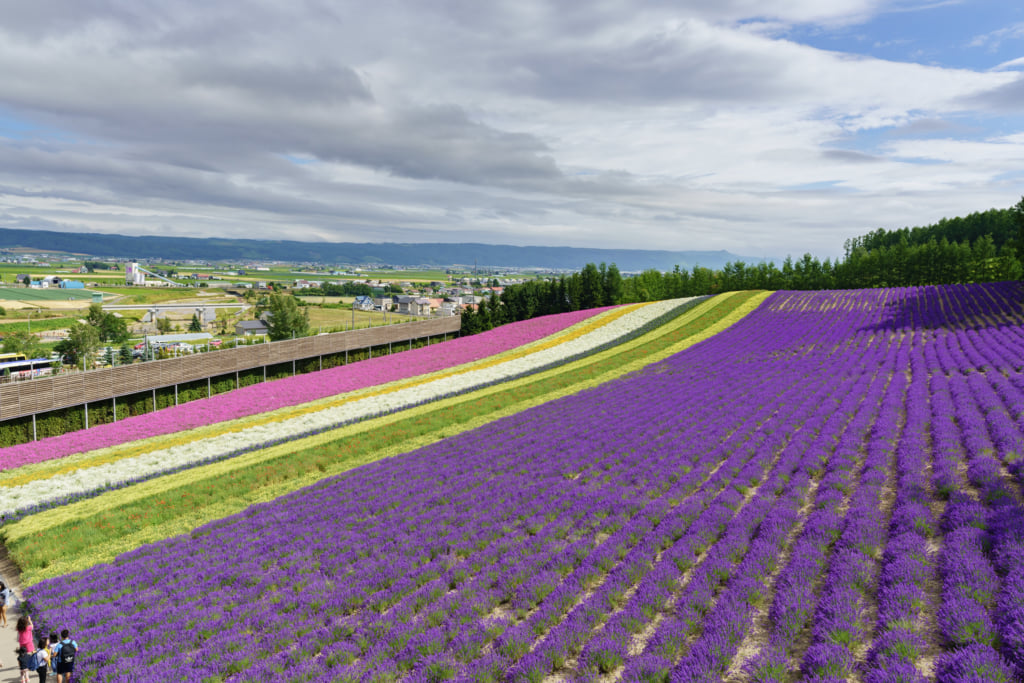
© JOMC
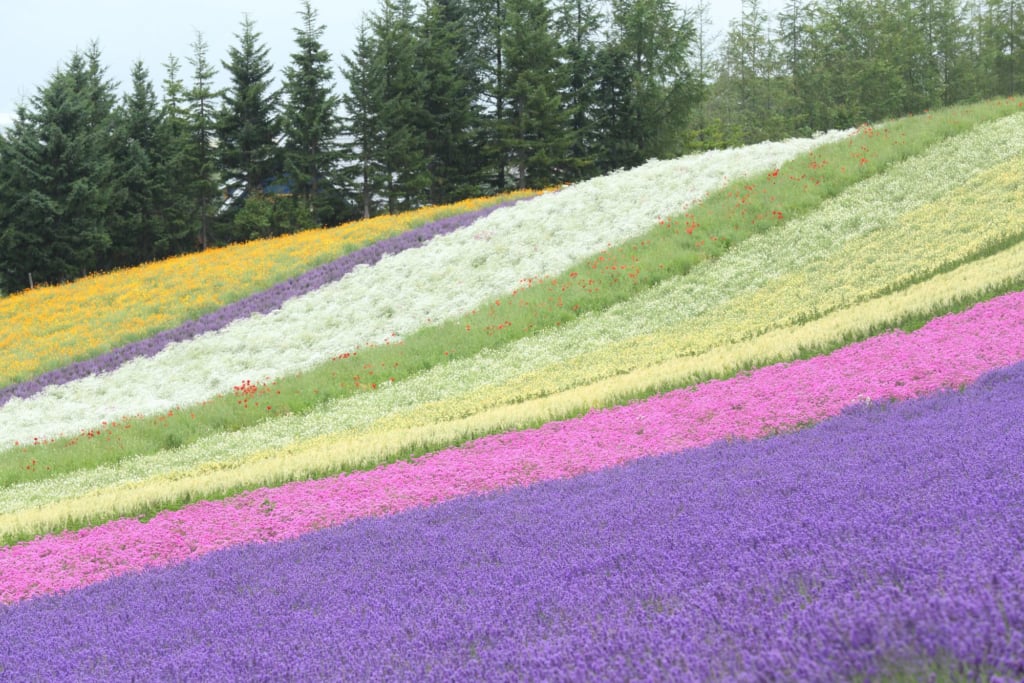
© JOMC
TRENDING
-
A Rare Japanese Garden Hidden Within Honen-in Temple in Kyoto
Visible only twice a year, ‘Empty River’, designed by landscape architect Marc Peter Keane, evokes the carbon cycle.

-
Colour Photos of Yakuza Tattoos from the Meiji Period
19th-century photographs have captured the usually hidden tattoos that covered the bodies of the members of Japanese organised crime gangs.

-
Recipe for Ichiraku Ramen from ‘Naruto’ by Danielle Baghernejad
Taken from the popular manga with the character of the same name who loves ramen, this dish is named after the hero's favourite restaurant.

-
Modernology, Kon Wajiro's Science of Everyday Observation
Makeup, beard shape, organisation of cupboards and meeting places: all of these details decipher 1920s Tokyoites.

-
Hitachi Park Offers a Colourful, Floral Breath of Air All Year Round
Only two hours from Tokyo, this park with thousands of flowers is worth visiting several times a year to appreciate all its different types.

